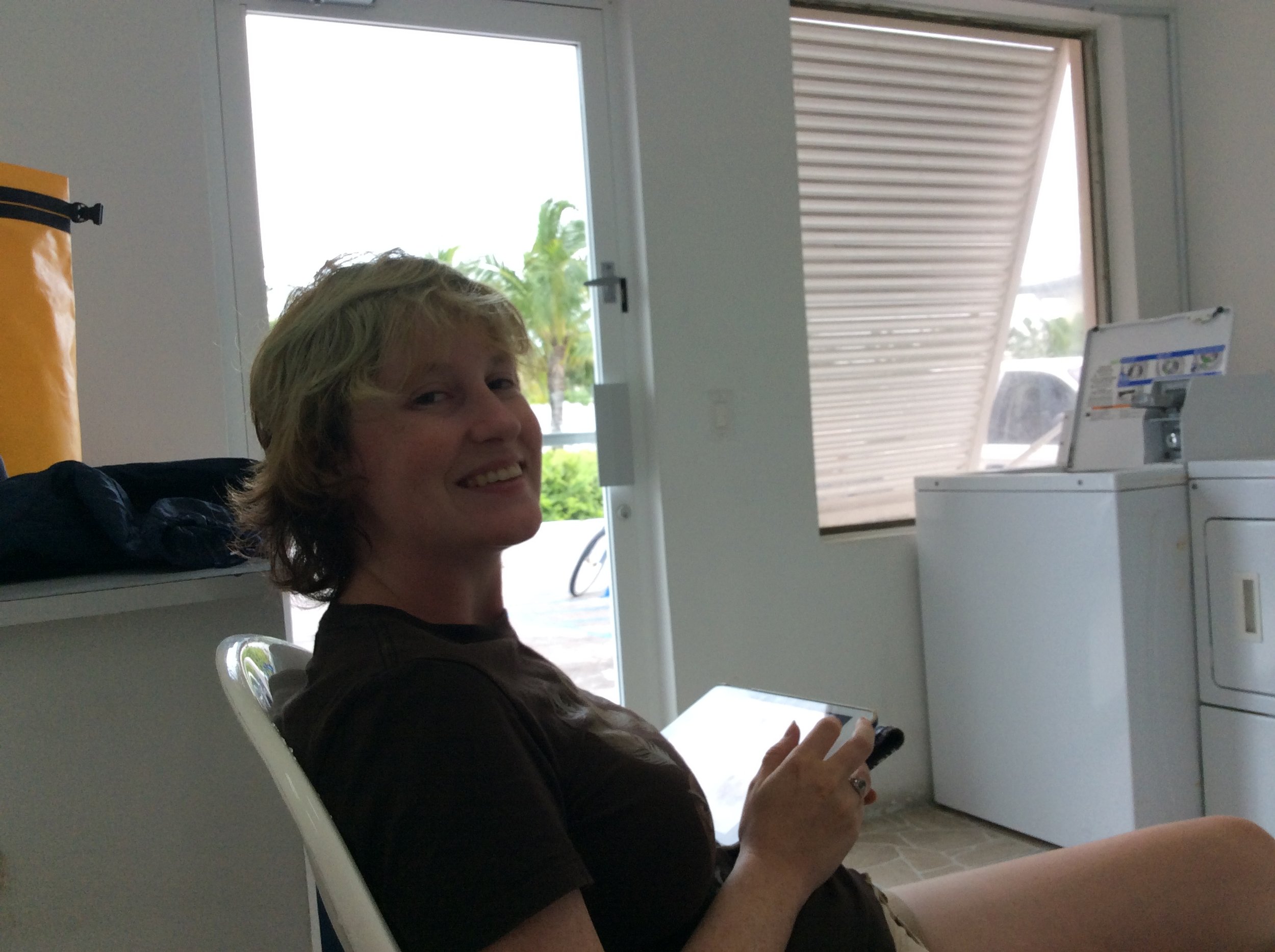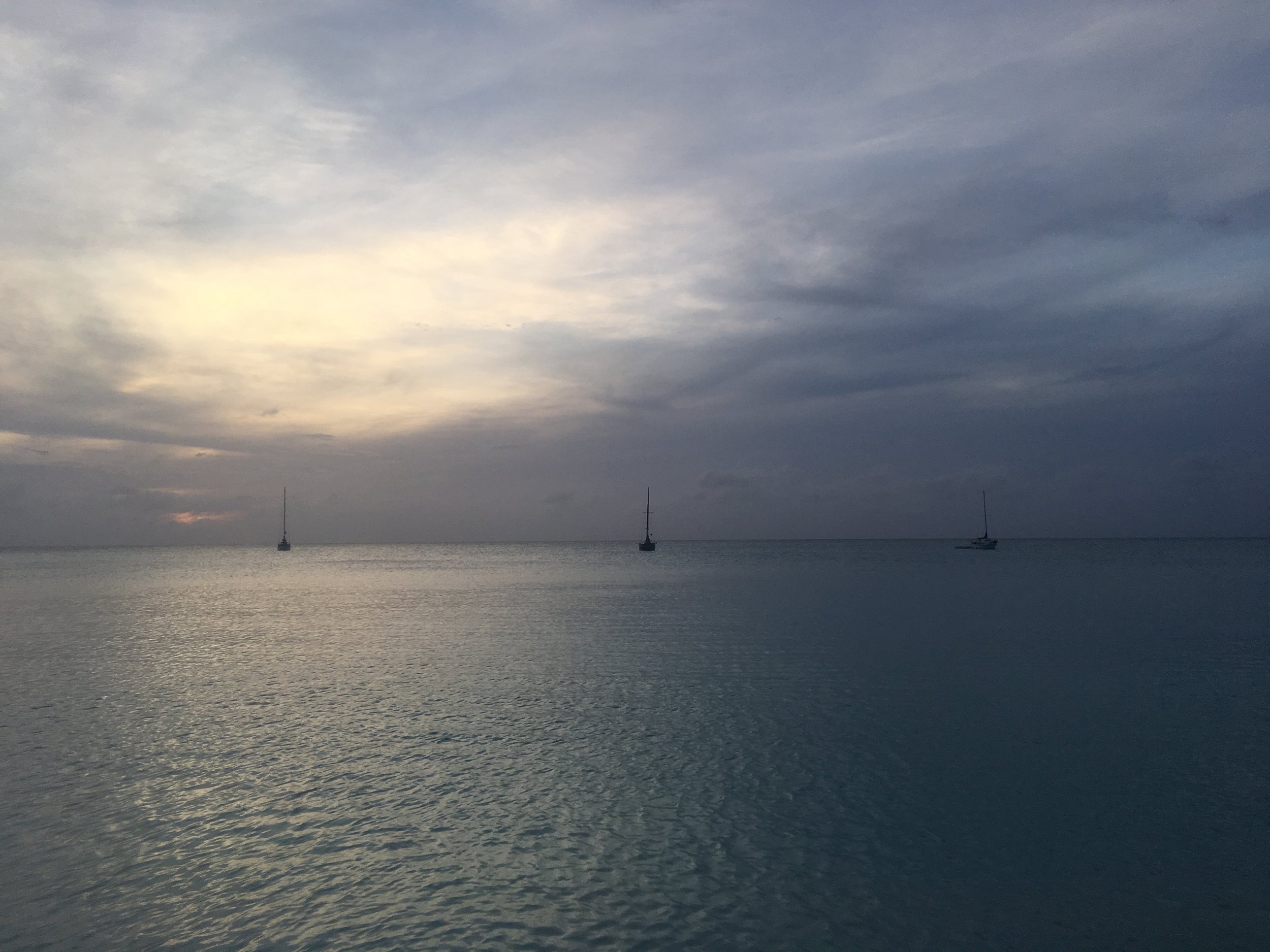When cruising, laundry can start to pile up on you. Going to shore and exploring towns and islands is fun, as well as going swimming in crystal clear waters! The problem is that your clothes will start to pile up and smell as laundry duty begins to beccon.
Cities have laundromats, as well as various types of laundry services. The problem with them is they tend to be located in "less than the ideal" parts of town. You risk your clothes being stolen out of the machines as well as risking you being robbed while you are there.
We usually go with only enough money to do the laundry, and dress in very plain clothes, as to not attract too much attention, and we have not personally had any problems. We simply sit in the laundry room and wait for the machines to launder our clothing while we edit videos or work on writing blog posts.
In the US, we were always able to find a laundromat close to shore, making it easy to transport the laundry from boat to laundromat, and back to the boat. In the Bahamas, that has been a different situation.
We have found that small towns have no public laundry facilities. Every time we ask, cruisers mention going to Nassau, to the main city, and doing laundry there. Nassau is infamous for high crime against boats and boaters. The crime there is so notorious that in a cruising book, it warned that being on your vessel will not be a deterrent towards boat theft while anchored or tied un in Nassau Harbor.
Since people kept telling us that Nassau was the only place to get it done, and since we wanted to avoid taking the boat there due to the risk of crime; we began looking at alternatives.
One glaring alternative to going to a big city is to go to where rich people expect to be treated like they are in a big city: marinas!
We have found that if you go to a marina and pay to tie up, you can then use all of their facilities. This means that you can buy fuel, provisions, and do laundry, all in the confines of the marina. Now, marinas here are wicked expensive, so we have found yet another trick to stretching out your cruising dollar.
When you go to the marina, don't go in your boat, go in your dinghy! We tied up in Lyford Cay Marina, on the same island as Nassau, where they charge $5 per foot per day. Being how our dinghy is only 7 feet long, it costs us $35 to come to shore and do all our errands. This is far cheaper than trying to get to shore, get a taxi to the laundromat, and pay the machines to wash your clothes.
We have also found that the marinas laundry machines are much cheaper than other public washing facilities. The machines at Lyford Cay Marina are only $1.75 per load. When we were in Florida, the machines were $2.50 per load. (This is the price for the washer, you have to pay again for the dryer). Being how everything in the Bahamas is significantly more expensive when compared to the states, the fact that it is cheaper for laundry means a lot to us.








